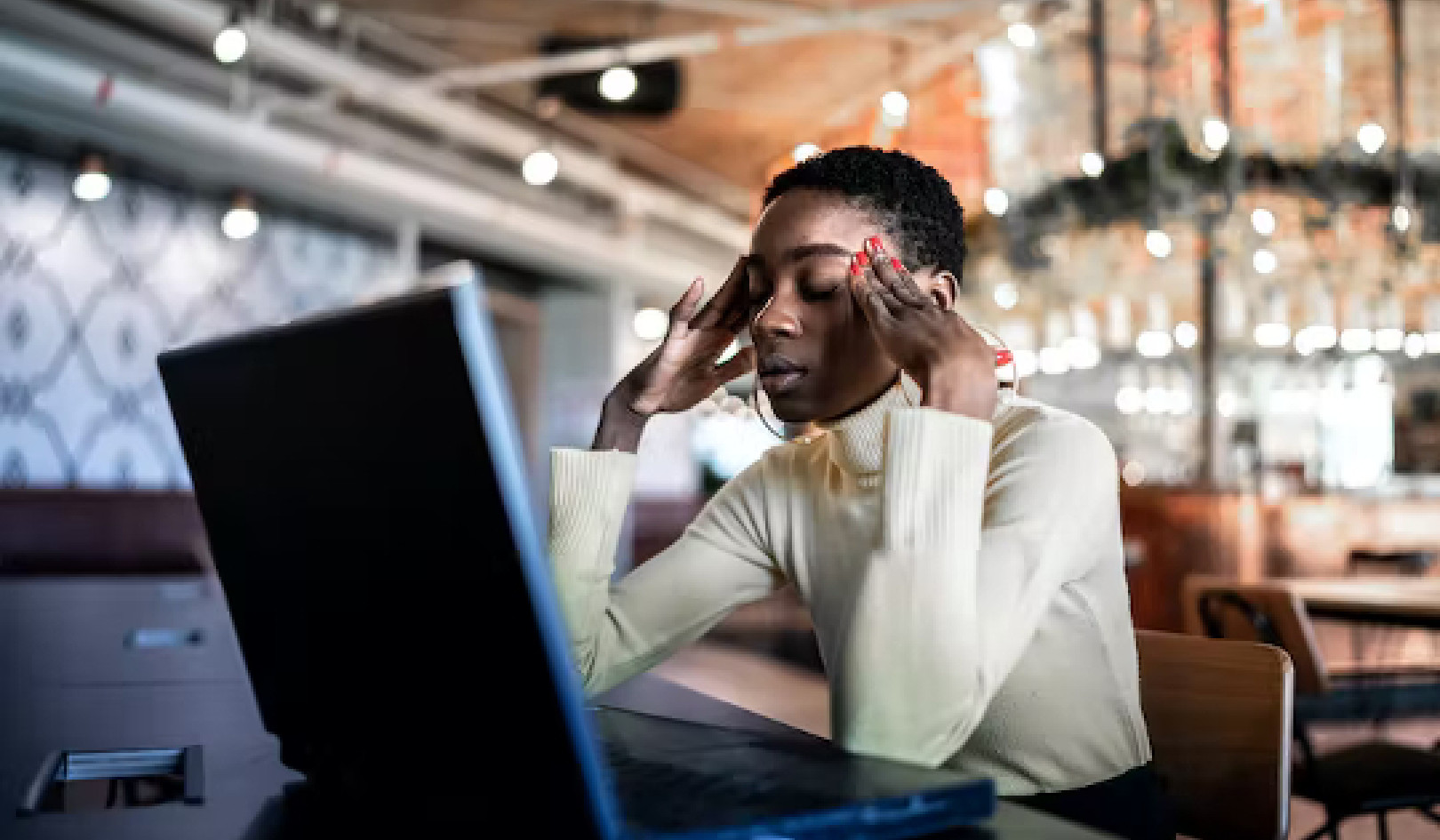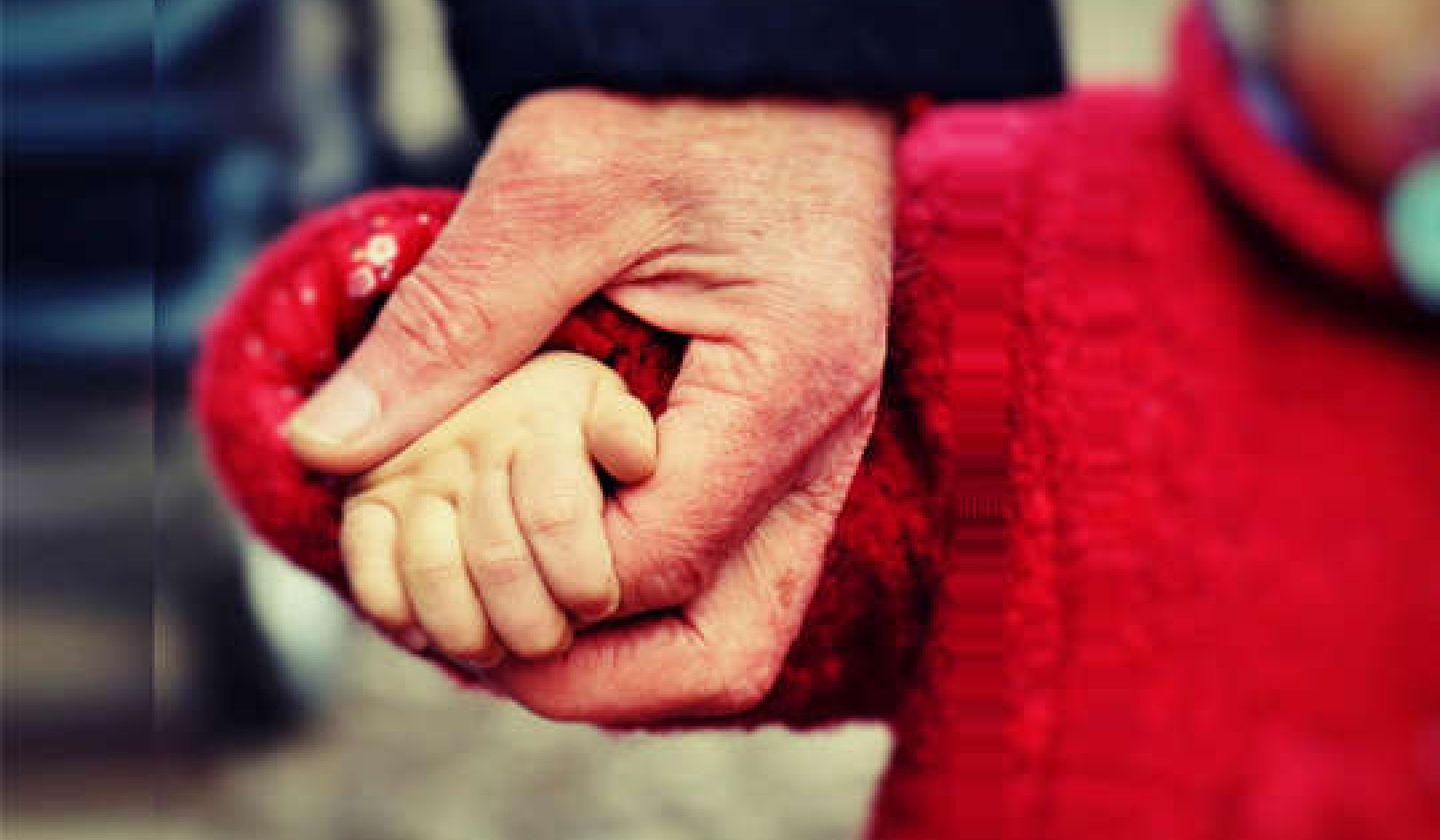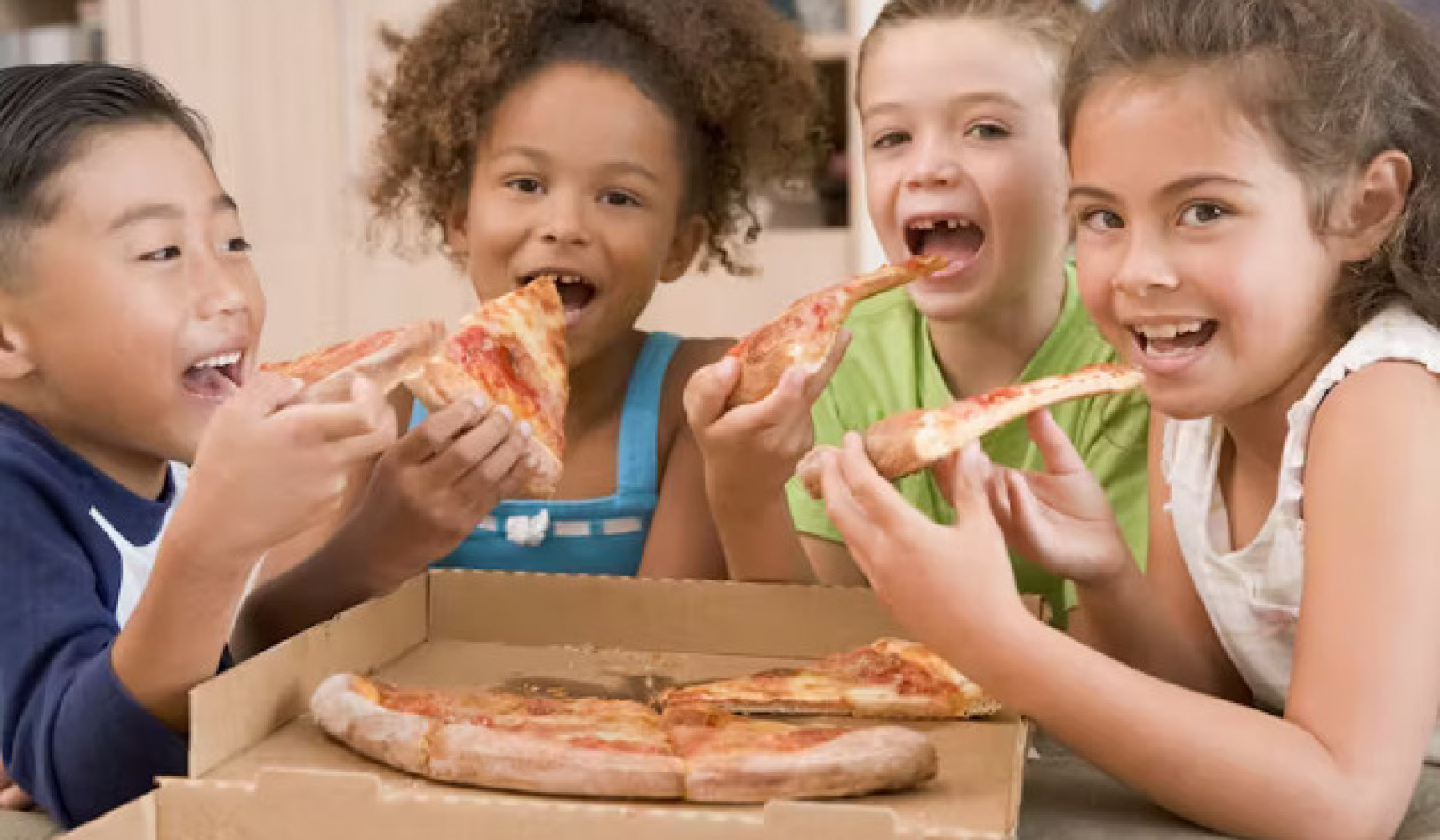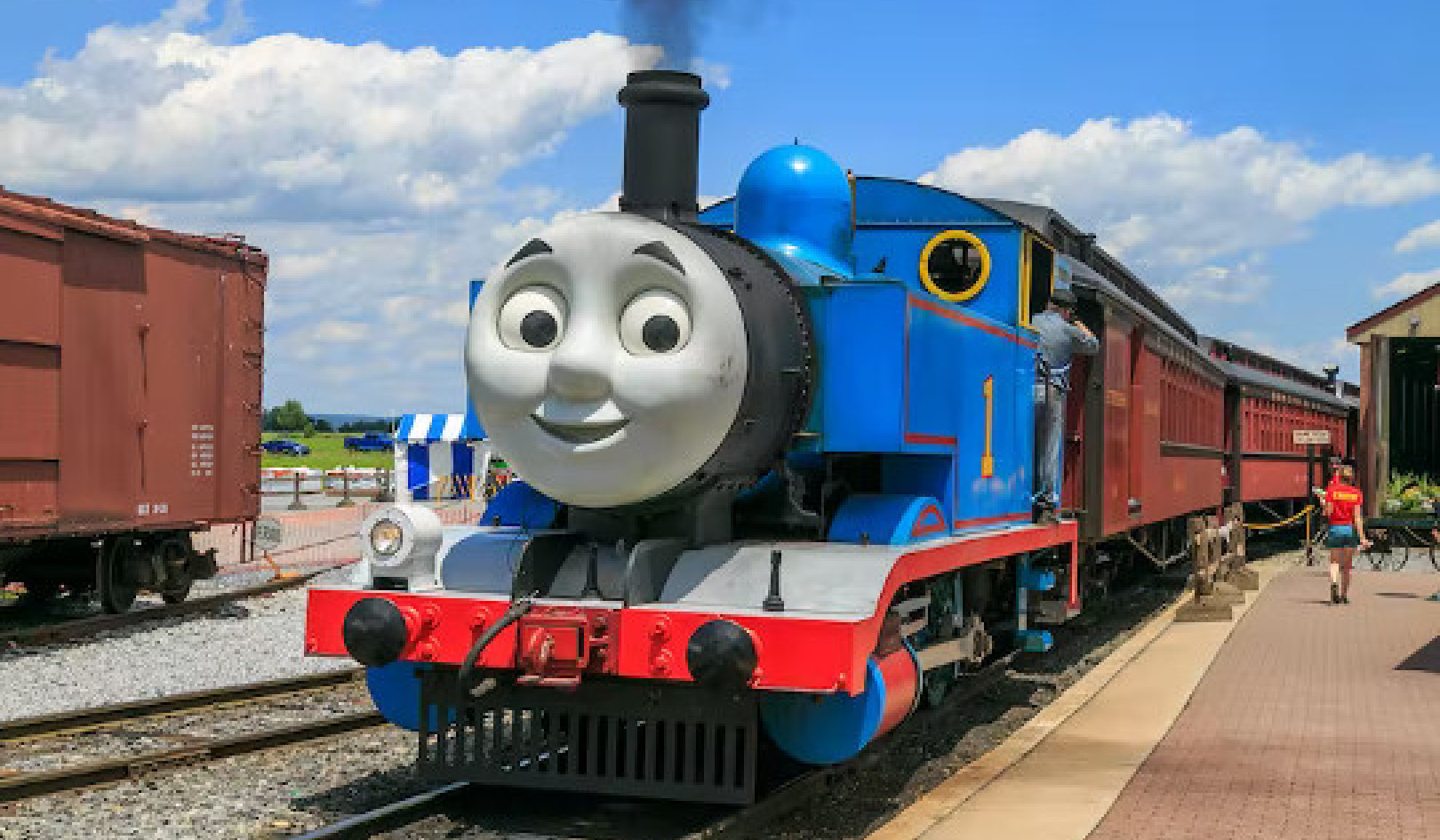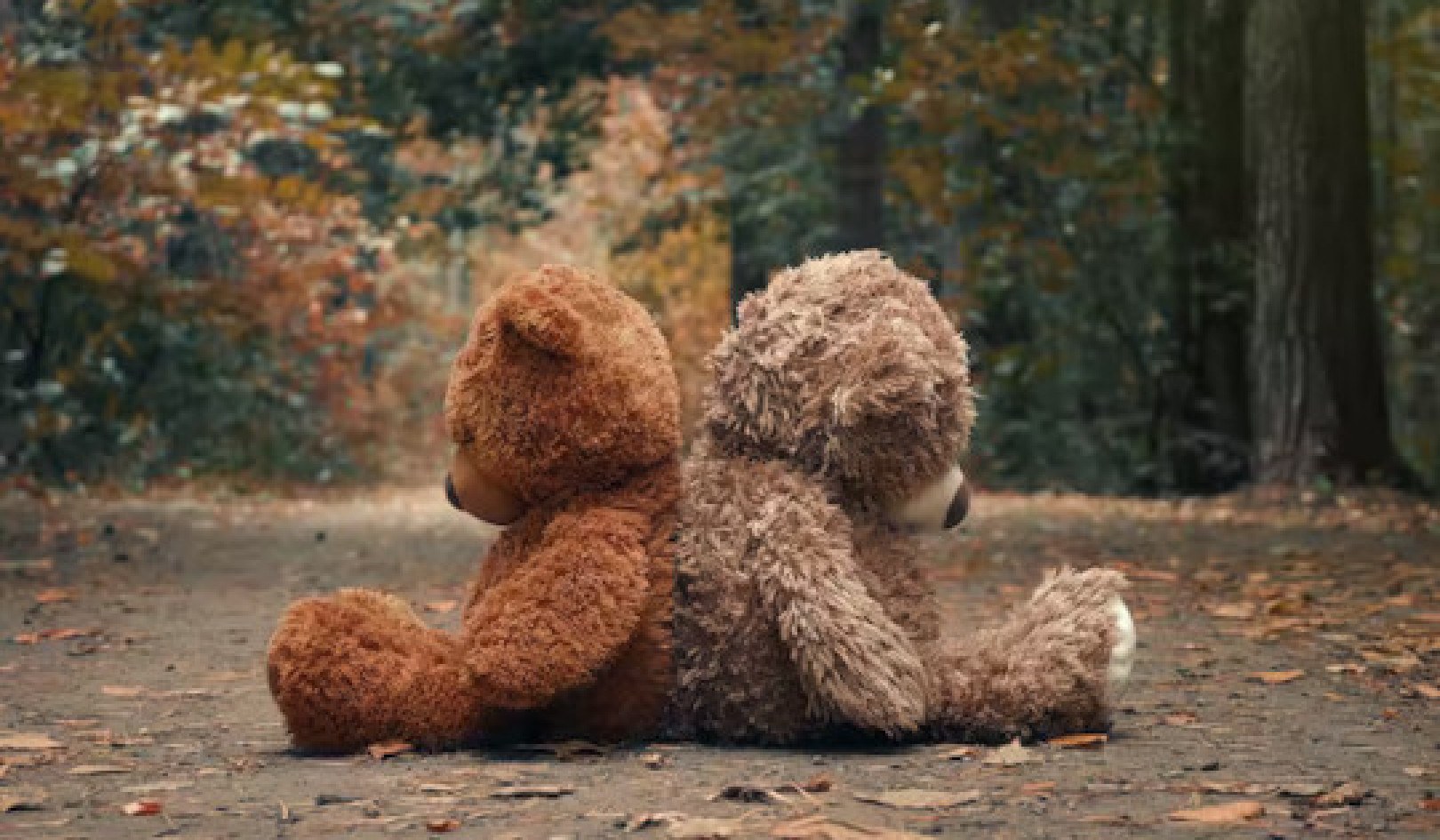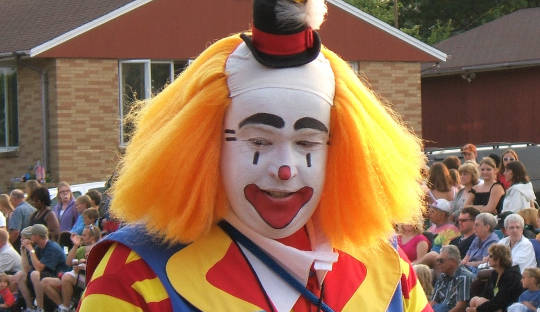
This Halloween may be the scariest in a long time. Facing the usual huge crowds of zombies, witches and vampires, deep down, many of us most fear running into one of the “killer clowns” that have been spotted in creepy places across the world over the past few months.
I barely noticed it at first, even though I actually study what people find creepy and unsettling. As well as my recent studies of the uncanny valley (a disturbing region where things can be so close to human that they become frightening) I have been fascinated by ghost stories, horror novels and urban legends since I was young enough for trick or treating. But the coverage of the so-called “killer clowns” had pretty much passed me by until one strident headline from my local paper reported that someone in a clown costume and make-up had been sighted outside a nearby school, knife in hand.
It felt a little too close to home for comfort so I started to read more widely about the reports. I had expected to find a handful of isolated incidents, but the pranks were sufficiently widespread for the police to have issued statements and offered advice to the public. They are clearly taking the matter seriously, and, as the nights draw in, the prospect of encountering a creepy clown in a darkened street has been catching public imagination.
What’s the deal with clowns?
A range of theories have been put forward for why a small but significant number of people across the world are choosing to don costumes, paint their faces and appear in public with the intention of simply causing fear to people going about their business. Whether there is an organised motivation behind the pranks, a publicity stunt or a viral craze, a choice has been made to adopt the menacing clown persona and I found that quite fascinating in itself. Clearly, these people believe that most of us are genuinely frightened by clowns.
Despite this, there has been remarkably little research on “coulrophobia” – a fear of clowns. A recent study into the nature of creepiness found that clowning was the creepiest of occupations. The researchers suggested that this might be because clowns’ intentions towards us are ambiguous – and their behaviour can be threatening as well as comical. However in the context of the recent pranks there is little room for ambiguity as their intentions are clearly not playful.
My research into the uncanny valley looked at how people respond to things that are nearly but not quite human – particularly dolls, robots or computer-generated characters. I measured how people responded to pictures of these near-human agents to see which types of appearance or emotional expression were likely to elicit the greatest sense of unease.
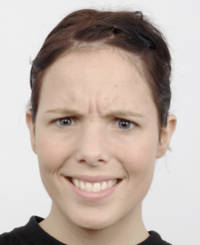 Happy face with angry eyes
Happy face with angry eyes
I looked again at these results in the context of the classic clown face, one where the make-up is used to massively exaggerate the features into either a beaming smile or a down-turned scowl. This exaggeration means that the clown is unable to ever display a natural expression – and it’s this aspect of the appearance that I think is key to understanding why we find them unsettling.
I found that there were three particularly eerie combinations of facial expression, and these were the ones which mirrored a clown-like appearance. In two images the mouth was smiling, but the eyes were displaying quite a different emotion of either anger or fear. In one, the mouth is sad and but the eyes are happy.
Making sense of contradiction
I interpreted these findings in the light of earlier research into facial expressions, most notably Paul Ekman’s theory of “leaked expressions”. Ekman is particularly famous for his work on the suppression of emotional expressions and how they can give cues to when people are lying. His work suggested that the types of expressions where different parts of the face were telling contradictory stories gave us the impression that the person had something to hide, and therefore was not to be trusted.
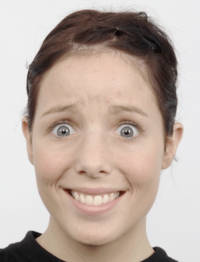
Happy face, fearful eyes
The images that I used were created by piecing together photographs of people who were posing strong emotional expressions so the faces that they were pulling were quite extreme and the resulting combinations were certainly more than anyone could do deliberately. However, if you add in thick make-up to paint on the exaggerated smile and pair that with a threatening expression of someone intent to cause fear, and it’s no surprise that the very idea of a neighbourhood clown becomes genuinely unsettling.
As we approach Halloween 2016, reports of clown sightings are building up. There have now even been enough incidents in the UK for a run-down of the creepiest sightings to be compiled. We may never understand quite how the activity has become as widespread as it has – but at least psychology can help us understand why the idea provokes a chill.
![]()
About The Author
Stephanie Lay, Postdoctoral researcher, The Open University
This article was originally published on The Conversation. Read the original article.
Related Books:
at InnerSelf Market and Amazon


















